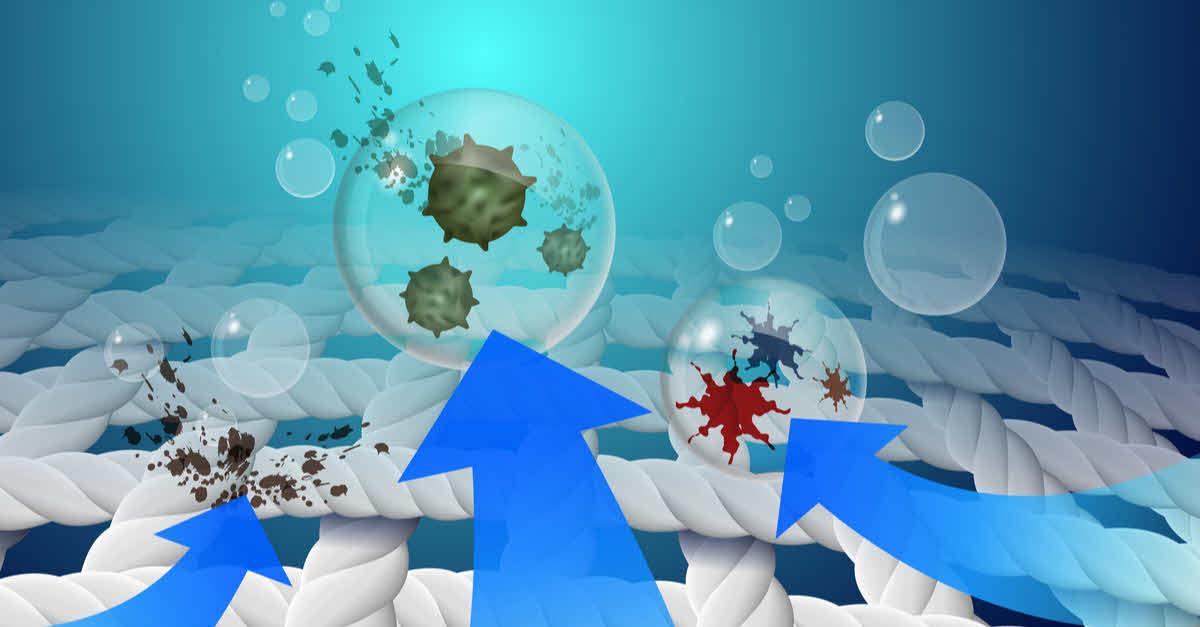
We usually never stick around when we see our mothers throw the clothes in the washing machine to even glance at what would happen next. What we usually end up remembering is how good our clothes smell after they’re washed. That exact lemony fresh fragrance comes from the detergent that is used to wash the clothes. Detergents simply seem like a small thing but there is a whole different world that lies beyond this 9 letter word.
The process of cleaning looks inhumanly simple and straightforward but has a lot of depth if we end up studying it in a scientific manner. The stain molecules are broken down by the chemicals in the detergent and are separated from the garment. These elements are then further broken in the water itself and then washed away.
The use of enzymes started in 1913 and has come a long way since then. Bio detergents are up and coming in this era where the ecosystem is being given a lot of attention and the large-scale use of chemical detergents was definitely harming nature at an alarming rate
Ultreze enzymes, with its long-standing experience as a biotech company, have produced top-quality bio-degradable enzymes that have blessed many industries all over India. Their premium quality service and the product have gathered a lot of loyal customers simply because of the weight that they put into making their products remain top class and can stand among the best in the industry. Dealing with every type of enzyme this global industry has in their books, they are one of the most reputed Indian biotech companies.
Different Enzymes and Detergents and their roles
Enzymes in detergents play various roles and in different manners. Each enzyme reacts with different stains and helps eradicate different substances from clothes, for e.g. protease, amylases, cellulases, etc have different purposes and can be applied accordingly.
Protease is an enzyme that reacts to protein molecules and can be beneficial in the removal of stains with majority protein molecules hence are useful against stains caused by blood, eggs, gravy, etc.
Amylases catalyze reactions when in contact with starches and help in their removal in a rather peculiar process. In the presence of starch, amylases tend to trigger an expansion and contraction process which helps in entangling the molecules from the cloth fiber, thus removing the stain. This particular enzyme proves helpful when tackling stains caused by starch-based products like pasta, chocolate, baby food.
Cellulases act a bit differently when compared to other enzymes, particularly when it comes to stain removal or cleansing unwanted substances. Cellulases react to cellulose molecules and basically don’t affect other substances and solely due to this particular trait it is useful in keeping clothes, particularly cotton clothes in a better shape thus covering the maintenance of cloth. It also helps in retaining the colour of the fabric as it simply helps in keeping the surface of the clothes smooth by helping in the removal of the unwanted cotton fibrils and pills that appear as an effect of regular wear and tear of clothes, giving it a better surface aesthetic.
Lipases and their hydrophobic nature is another blessing in the form of an enzyme and has a peculiar target when it comes to stains. This enzyme hits fatty stains that are harder to remove when compared to stains of other nature and are affected by lipases but don’t magically vanish in the very first wash but are removed gradually giving a better result in every wash. They basically hydrolyze triglyceride into hydrophilic diglycerides, fatty acids, and glycerol, thus eventually pulling them out of the cloth fibers eventually.
Read more information: Detergent Enzymes And Their Impact On The World


